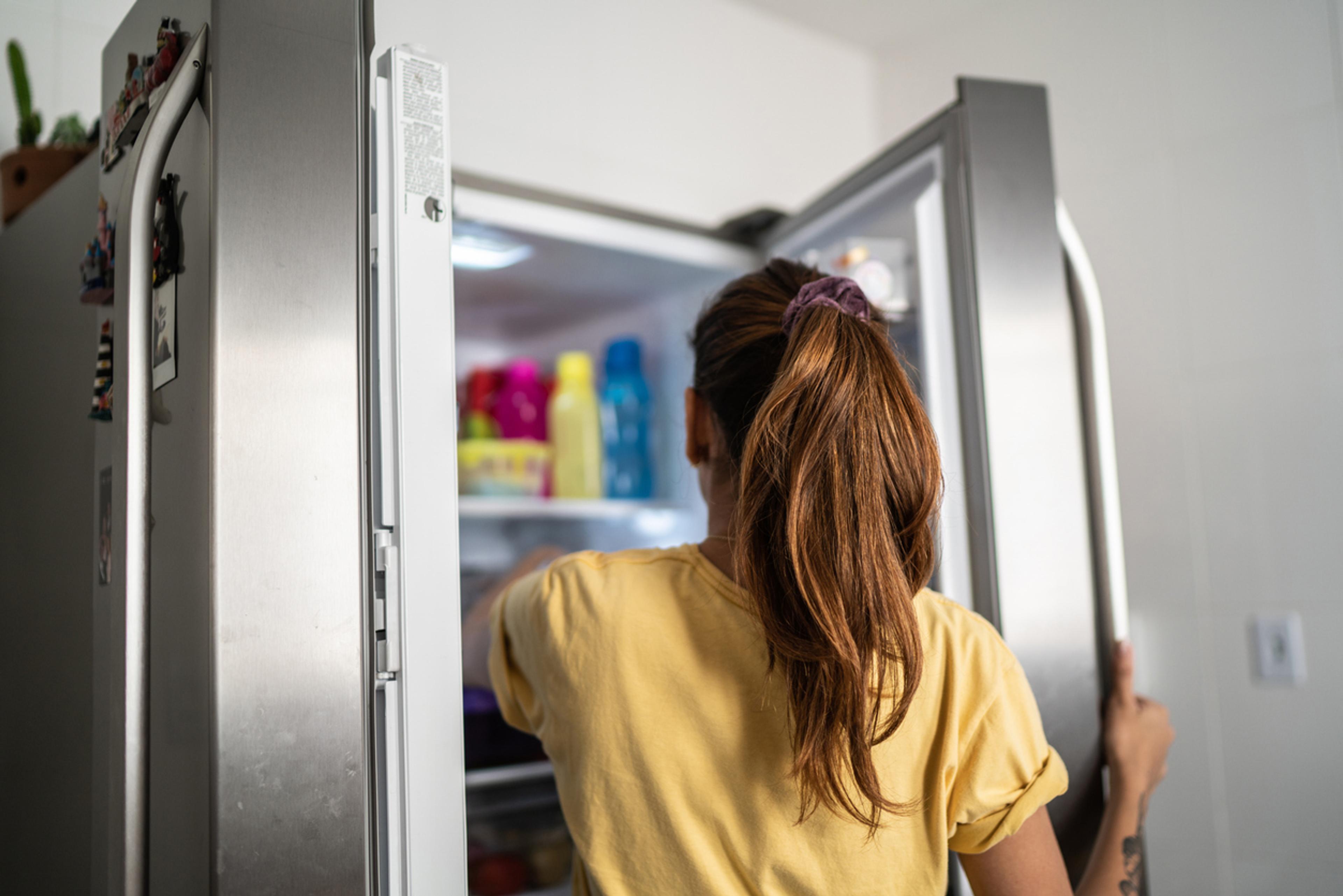
- Significant or rapid weight loss
- Lack of expected weight gain (or falling off growth chart)
- Irregular or absent menstrual cycle
- Constipation, abdominal pain, or other gastrointestinal issues
- Lightheadedness or low blood pressure
- Feeling cold often
- Increased anxiety
- Increased depressive symptoms
- Obsessive or repetitive thought patterns
- Social withdrawal
- Perfectionism
- Trouble expressing emotions
- Restricting the quantity or types of food eaten
- Avoiding eating in front of others
- Hiding when and what food is eaten
- Counting calories, weighing and measuring food
- Obsessively checking nutrition labels
- Strict eating rituals, like cutting food into tiny pieces or eating in a set order
- Exercising excessively or compulsively
- An inflexible fitness schedule
- Exercising through injury, sickness, or poor weather
- Using exercise to “make up for” or “earn” food
- Recording physical activity excessively
- Skipping social plans, school, or work to exercise
- A preoccupation with body shape and size
- Distorted body image (e.g., seeing one’s body as larger than it is
- Frequently looking in the mirror or pinching skin
- A belief that one’s self-worth is tied to body size or shape
- Fear of gaining weight
- Frequent weighing


The initial focus of anorexia treatment is normalizing eating habits, stopping restriction, and restoring weight as necessary. As the patient's body and brain become more adequately nourished, they may be better equipped to then address other important areas. At this point, treatment might then shift to other areas like body image, social life, learning to handle triggers, and addressing co-occurring conditions.
To accomplish all this, our clinicians use a variety of different evidence-based treatment modalities, including CBT-E (a form of cognitive behavioral therapy designed specifically for eating disorders), DBT (dialectical behavioral therapy), and ERP (exposure and response prevention). For younger patients who live with their family, we generally use FBT (family-based treatment).
Male anorexia is far more common than most people think, with men and boys accounting for up to 25% of all patients with anorexia. Men and boys with anorexia often go undiagnosed for a long time (at least in part because of societal misconceptions around who gets anorexia), and so they often enter treatment in a more serious condition than their female counterparts.
Anorexia and bulimia share some similarities, but tend to present quite differently. Both are types of eating disorders that involve a preoccupation with body size and weight and a fear of gaining weight. For those with anorexia, the primary eating disorder behavior is restriction. For those with builimia, the hallmark is binge-purge cycles, which are characterized by eating large quantities of food, followed by purging through vomiting, laxatives, compulsive exercise, or other unhealthy means. It is important to note, though, that restriction is often a symptom in bulimia, and bingeing and purging may be present in anorexia. You can learn more about anorexia and bulimia on our blog.
Atypical anorexia is a common yet underdiagnosed type of anorexia, in which a person has all of the symptoms of anorexia except for being at a low body weight. Instead, people with atypical anorexia may be in medium or large bodies. Atypical anorexia is a very serious condition, carries almost all the same health risks as “regular” anorexia, and should be treated the same way as anorexia.
At Equip, we don’t use the term “atypical anorexia”—it is simply anorexia. Any manifestation of anorexia, regardless of weight, is serious and life-threatening and needs the same treatment.
As frustrating as it is, there is rarely one identifiable cause of an eating disorder, and anorexia is no different. More often than not, it is a constellation of biological, psychological, and environmental factors: in other words, someone has a genetic predisposition to developing an eating disorder, and then the eating disorder is “turned on” by environmental factors such a diet, over-exercise, social stress, or even a stomach bug. But the good news is that we don't need to know the exact cause of your child's eating disorder to treat it effectively. You can learn more about the causes of eating disorders on our blog.






